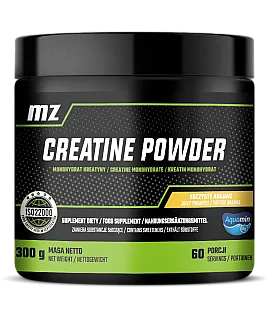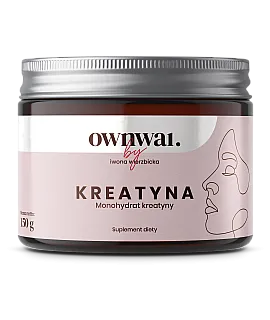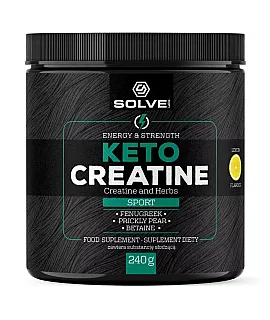How to dose creatine?
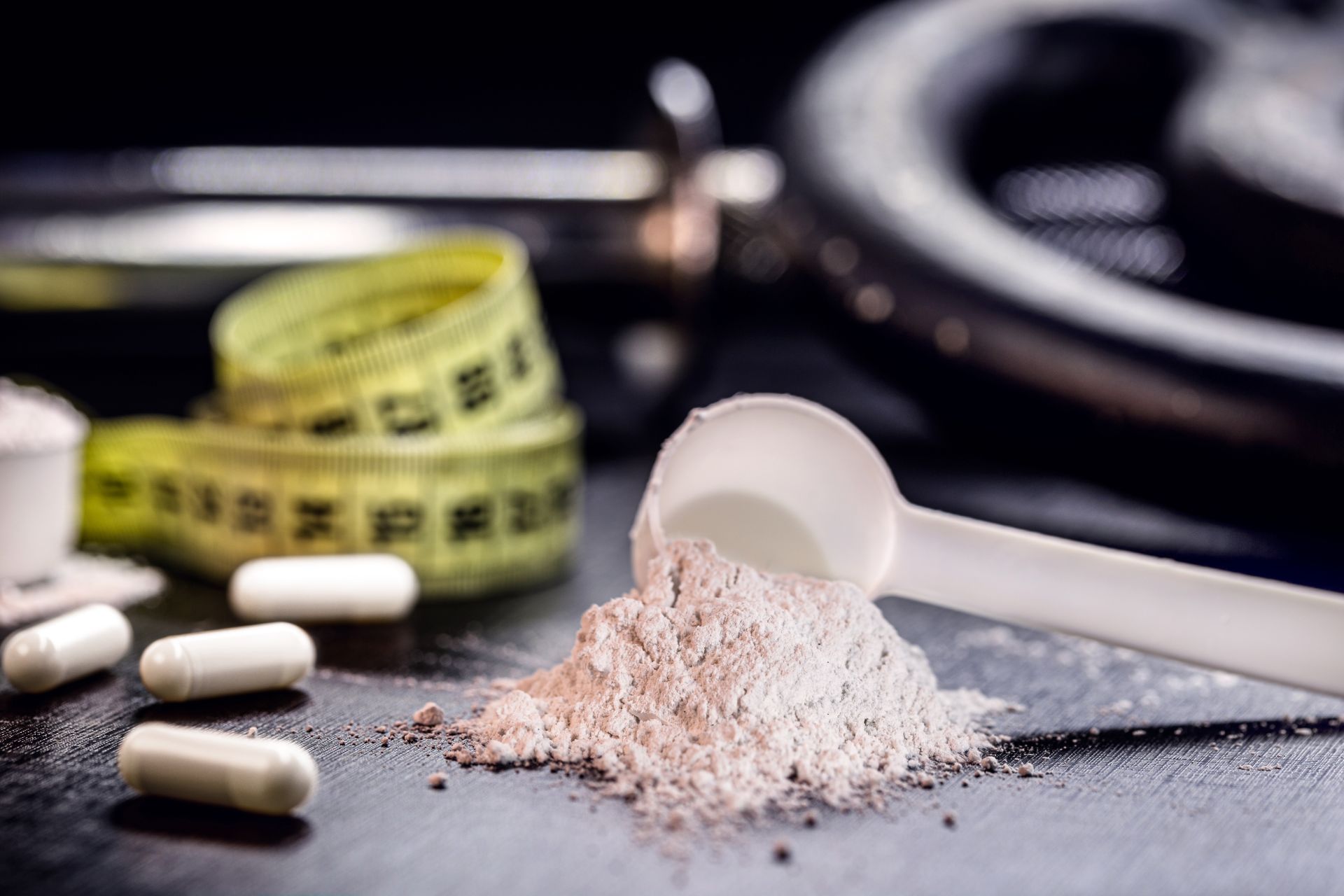
Naturally, our bodies produce about 1 g of creatine each day. The average diet provides another 1 gram per day. However, athletes are not satisfied with these amounts. Additional creatine supplementation is one of the most basic, yet most effective and safest treatments for improving sports performance. Find out how to use it and what creatine dosage will give the best results!
- Creatine dosage - there are different approaches
- Which approach is better?
- What daily dose of creatine is optimal?
- Differentiate creatine dosage for training and non-training days
- How long to use creatine?
- Do the dosages of different forms of creatine differ?
Creatine dosage - there are different approaches
Creatine in sports supplementation has been present for a very long time. And over the course of a dozen or several decades, different approaches will always be formed, which is true of any catchy topic. In the case of creatine supplementation, it is no different. There are two main strategies in which the dosage of creatine in the initial phase of supplementation differs.
1. using creatine with a loading phase.
This is old school. It used to be that using creatine with pre-loading was even standard. When it comes to creatine supplementation, what matters is the level of saturation of muscle cells. Peak saturation takes some time, it does not appear after the first dose. To accelerate this peak moment, doses of 5 g even 4-6 times a day are used for the first 5-7 days of the cycle. Once the loading phase is over, one moves to the target daily dose, which is maintained for the next few months.
If creatine is used cyclically, the loading phase is carried out again after each prolonged break from creatine use. Nowadays, creatine loading at the beginning of creatine use is rarely used, as the popularity of long-term use is beginning to outpace the cyclic use option. Nevertheless, even in scientific studies of recent years, the initial loading phase is still used, with what may be a practical aspect, however - it shortens the time of the study, and therefore reduces its cost.
2. use of creatine without a loading phase
This approach is very simple. There are no combinations either at the beginning or at any other stage. We determine for ourselves what dose of creatine we intend to use ultimately, and this is the dose we use from start to finish. This is a good regimen especially for people who introduce supplementation in a soft period and don't need to rush anything. Steady dosage of creatine from the beginning is a good strategy when you are setting yourself up for long-term effects and supplementation measured even in years.
This strategy assumes that you have to wait up to 4 weeks for peak muscle saturation of creatine when using 3-5 g per day right away.
Which approach is better?
It's hard to make a definite verdict. When time is not chasing, you can usually let go of the loading phase and go straight to using target doses. This way, you can also reduce the risk of gastrointestinal discomforts that could arise when using large doses on a daily basis. However, when time is of the essence, and you need to prepare for an event as soon as possible (such as an unexpected start in a fitness competition), you may be tempted to pre-load.
So, neither of these options is better than the other, and each can work in different cases.
What daily dose of creatine is optimal?
As a general rule, 3 grams per day is the minimum threshold to talk about sports benefits at all. The most common dosage is in the neighborhood of 5 g per day, depending on body weight and fitness level.
If one would refer strongly to body weight, the suggested conversion rate is:
- 0.3 g of creatine per kg of body weight - during the loading phase,
- 0.03 g of creatine for each kg of body weight - in the maintenance phase.
Interesting fact: In the diet, creatine is mainly in meat. 5 g of creatine is equivalent to 1100 g of fresh, unfried steak.
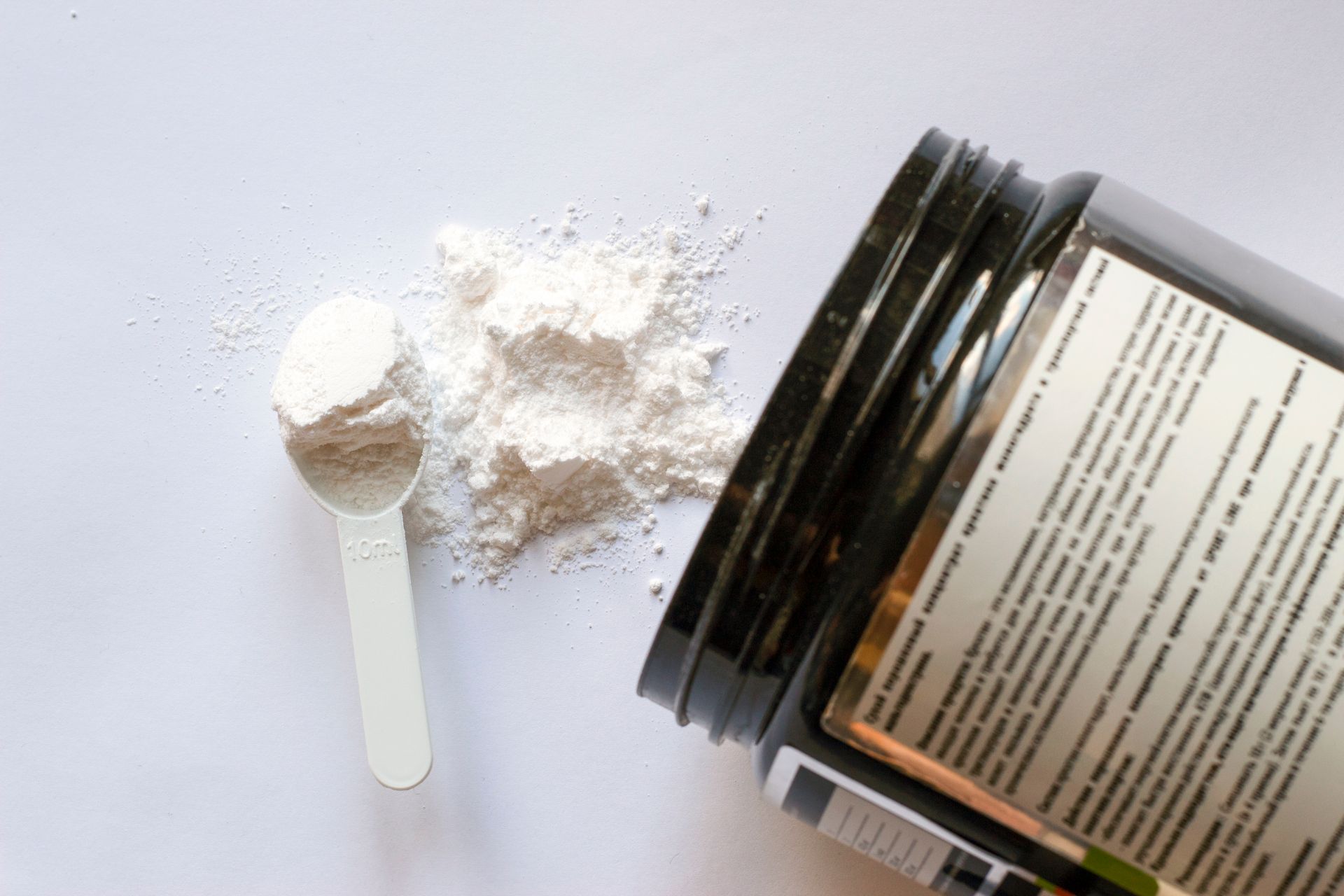
Differentiate creatine dosage for training and non-training days
There are some advocates of this approach. Studies say that using creatine peri-training gives slightly better results than away from training, with post-training use being marginally better than before.
Some athletes supplement creatine so that on non-training days they take 1 serving with breakfast, and on training days they take two servings: with breakfast and after training, or before and after training.
However, the differences in the effects are so small that for amateurs, a constant dosage of, for example, 1 serving every day with breakfast, regardless of training times, will be quite sufficient and probably more convenient too.
How long to use creatine?
The duration of creatine use is basically unlimited. Some athletes use it non-stop, 365 days a year. And, to tell the truth, there are no contraindications to this, if the user himself does not notice some inconvenience. Such theoretically could be, for example, increased hair loss or intestinal discomfort, but if there are none, the sky is the limit.
For continuous supplementation, we usually focus on a relatively low dose range. The most common is 3-5 grams per day.
Do the dosages of different forms of creatine differ?
As a rule of thumb, if we're talking about using 5-10 grams of creatine per day, this can apply to both basic creatine monohydrate and its more fashionable forms (malate, ethyl ester, citrate, hydrochloride, etc.,). However, this is a simplification. Why?
To be accurate, you need to pay attention to how much creatine is in creatine. And so when comparing the effect of 5 g of monohydrate to 5 g of, for example, creatine malate, it is possible that the monohydrate has a better effect. This is because in creatine malate there is a lower % of pure creatine content, since malic acid also occupies some volume.
So supplement purists may recalculate dosages of other forms so that the pure creatine content matches, but in most cases there is no need to do so.
Sources:
-
Harris, R. C., Söderlund, K., & Hultman, E. (1992). Elevation of creatine in resting and exercised muscle of normal subjects by creatine supplementation. Clinical Science, 83(3), 367-374. doi:10.1042/cs0830367
-
https://www.ais.gov.au/nutrition/supplements/group_a#creatine
-
Jose Antonio and Victoria Ciccone "The effects of pre versus post workout supplementation of creatine monohydrate on body composition and strength" Journal of the International Society of Sports Nutrition 2013.
 ⮜ Previous article
⮜ Previous article
Benefits of using PQQ - what are the effects?
 Next article ⮞
Next article ⮞
